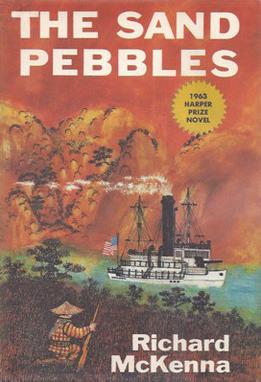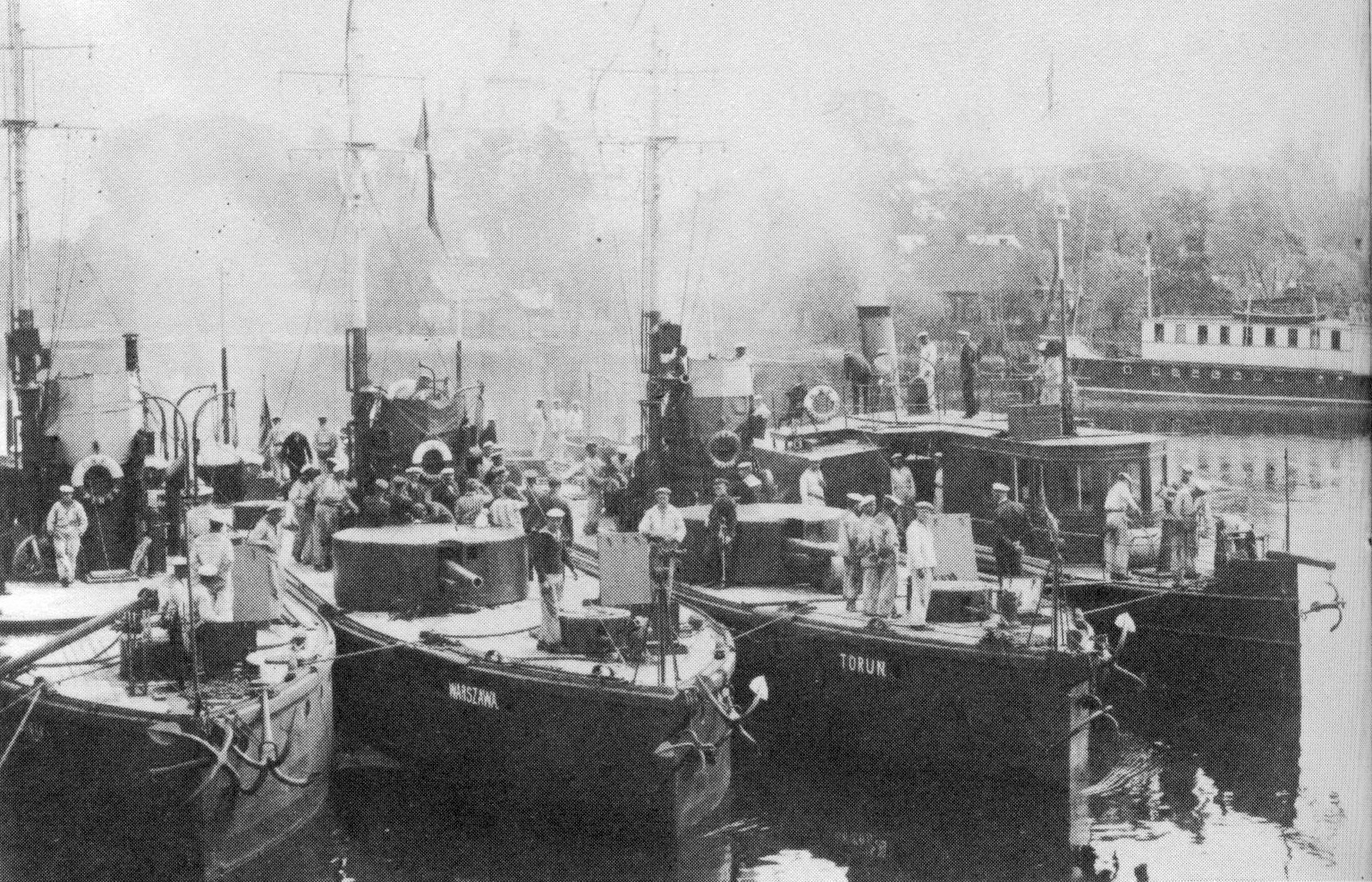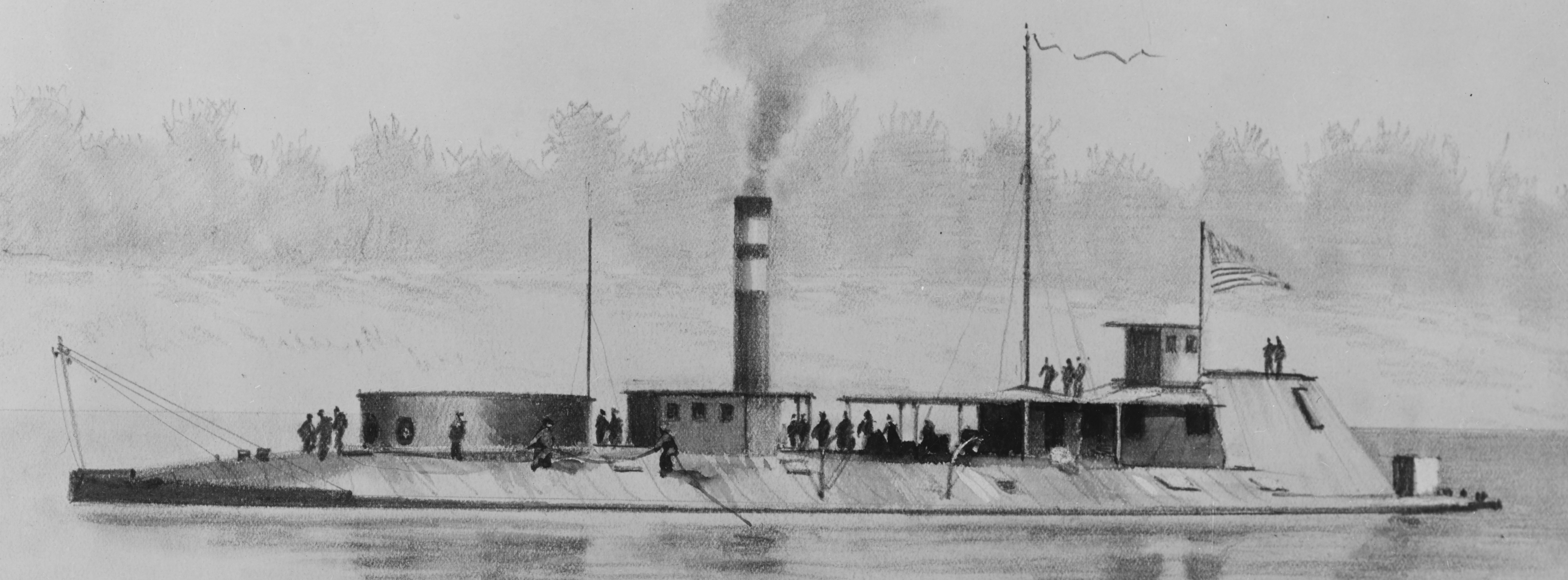Saturday 29 December 2012
Tuesday 25 December 2012
gun boats
I first saw "The Sand Pebbles" on television in 1976, and although in time I forgot the detail of the storyline, I remember well the emotional impact the film had on me.
I recently discovered an excellent site devoted to the film and this caused me to revisit it. It had lost none of its appeal, indeed I found it all the more interesting and thought provoking.
I consider it a gripping and important film with challenging ideas and observations, and in order to clarify my own thoughts, I wrote the following essay. I thought other fans of the film might find it interesting, though I am aware these are only my thoughts, and I have not sought to discuss aspects of the production of the film - I have limited myself to discussing what I see as its major themes.
I would be delighted to hear from anyone who would care to comment on the film or my ideas about it.
 If they carried more than one cannon, one might be a howitzer, for shore bombardment. They were usually not armoured.
If they carried more than one cannon, one might be a howitzer, for shore bombardment. They were usually not armoured.  The USS San Pablo described in Richard McKenna's The Sand Pebbles
The USS San Pablo described in Richard McKenna's The Sand Pebbles  is an example of this class of vessel, serving on the US Navy's Yangtze Patrol. Stronger river warships were river monitors
is an example of this class of vessel, serving on the US Navy's Yangtze Patrol. Stronger river warships were river monitors
Various European powers, the USA, and Japan, maintained flotillas of these shallow draft gunboats patrolling Chinese rivers. These gunboats were enforcing those nations' treaty
 rights under the unequal treaties that China had started to sign following her defeat during the first Opium War with Britain.
rights under the unequal treaties that China had started to sign following her defeat during the first Opium War with Britain.
Foreign powers had coerced concessions from China, like extraterritoriality for their citizens in China, and the gunboats policed these rights.
Royal Navy gunboats, numbering on average 15 a year in Chinese waters, served as "station ships", assigned to specific ports, and were designed for river functions.
U.S. Navy craft were of varying age, design, size, and utility. The earliest craft made brief excursions upriver between 1861 and 1901, but were rarely assigned on permanent patrol. In 1901 two large gunboats, USS Helena (1290 tons and crew of 170) and Wilmington (1570 tons and 212), were assigned to the Asiatic Squadron's "Second Division" as permanent river patrol, although too large to patrol deep inland, until 1932 and 1923 respectively. In 1903 converted gunboats of the Spanish Navy captured in 1898, began patrols designed to take them further upriver toward Chungking. USS Elcano, a 620-ton craft with a crew of 103, and USS Villalobos, a 350-ton ship with 50 men, served until 1928, when they were decommissioned and sunk. USS Callao (240 tons) and Quiros (sister ship to Villalobos) served until 1916 and 1923.

In 1914 two 204-ton, 50-man patrol craft of British design and built at Mare Island Naval Shipyard were disassembled, shipped to China, and reassembled in Shanghai. USS Palos patrolled until 1934, when she became the station boat at Chungking, and Monocacy until 1939. The Yangtze Patrol was formally established in 1922 as a component of the Asiatic Fleet. Six new craft were designed and built in 1928 in Shanghai, of three differing sizes. USS Guam and Tutuilla, 380 tons and a crew of 60, were able to ply the entire river year round. USS Panay and Oahu, 450 tons and a complement of 65; and Luzon, 560 tons and 82 men, were "May-September" gunboats, able to patrol completely upriver only during high water months. (Luzon's sister ship, USS Mindanao served on the China coast but not in the river patrol.) Except for Panay, sunk by Japanese aircraft in December 1937, the newer ships served in China until l940
Thursday 20 December 2012
Saturday 1 December 2012
Subscribe to:
Posts (Atom)

